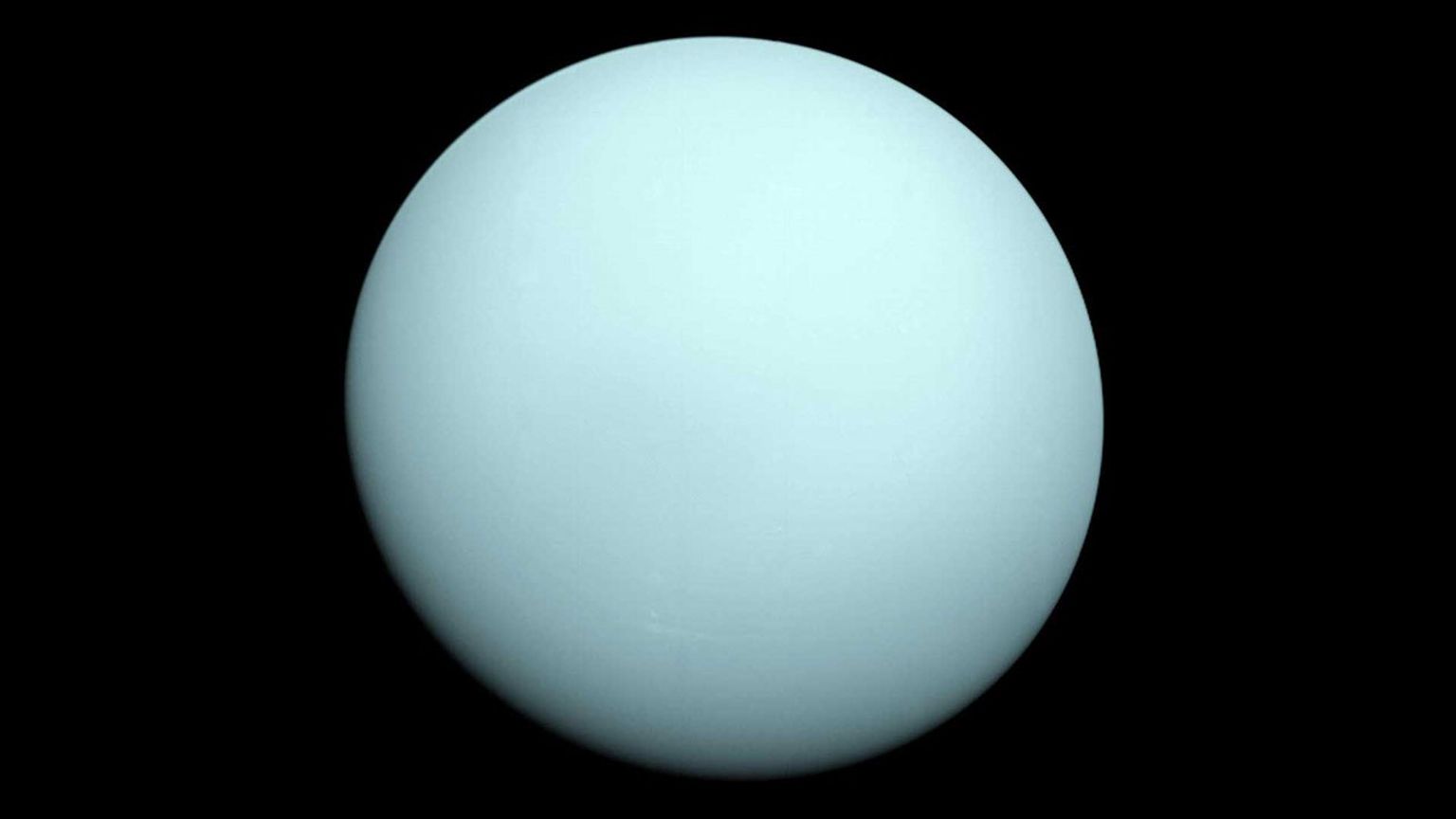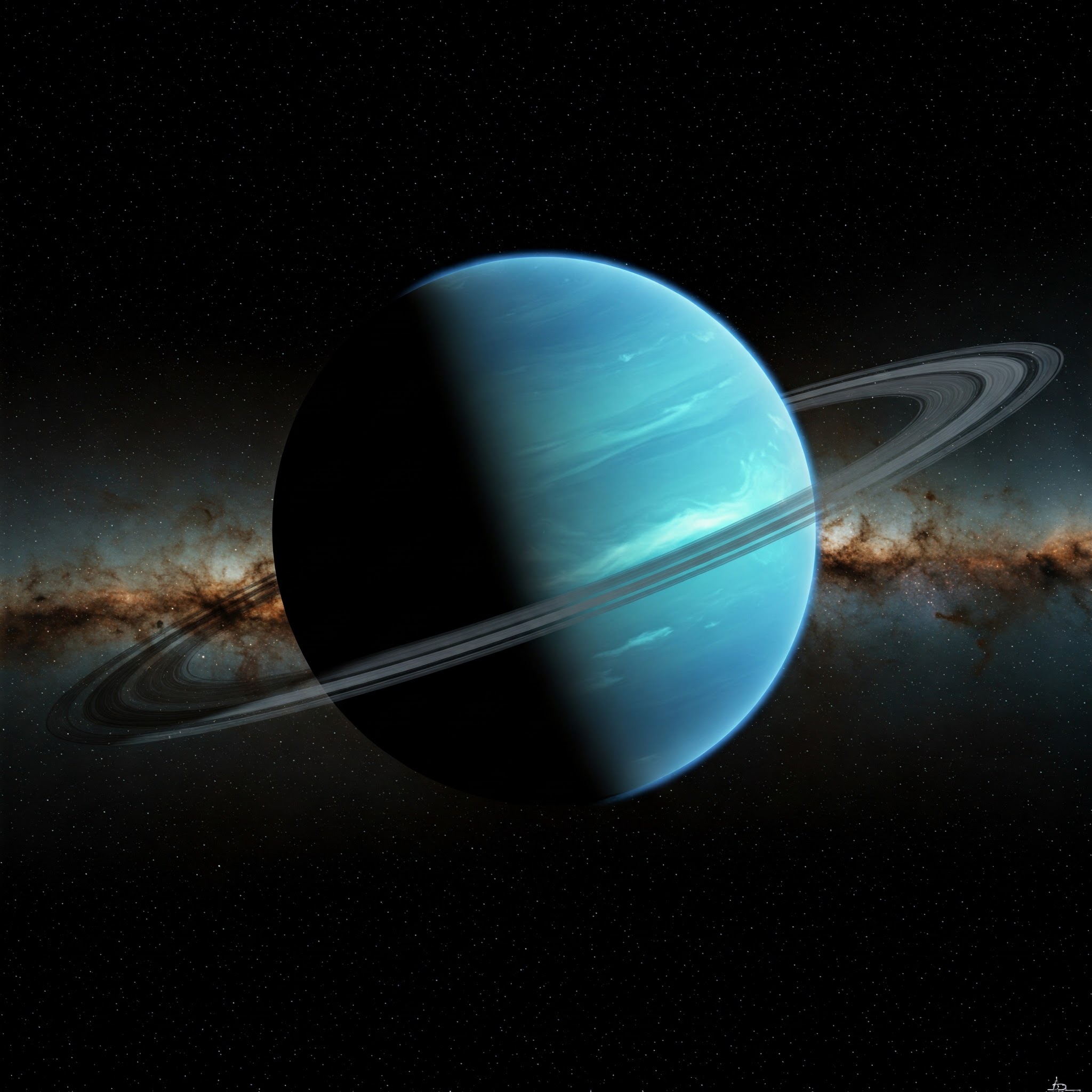Introduction
NASA has taken a bold step forward in our understanding of the outer planets by revealing a rare glimpse into the atmosphere and inner composition of Uranus. This milestone comes from new data obtained through advanced telescopes and deep space observations, shedding light on one of the most mysterious planets in our solar system. These findings may reshape how scientists understand ice giants and their roles in planetary evolution.
What Did NASA Discover?
The observations reveal unexpected atmospheric activity, complex weather patterns, and unusual heat signatures emanating from Uranus. Scientists discovered:
- Dynamic weather systems far more active than previously thought, including strong winds and polar vortices.
- New insights into Uranus’ magnetic field, which is tilted and offset compared to other planets, suggesting an unconventional internal structure.
- Traces of hydrogen sulfide in the upper atmosphere, confirming theories that the planet’s clouds smell like rotten eggs.
- Variations in thermal emissions, indicating a potential internal heat source that was previously undetected.
These details were made possible using data from the James Webb Space Telescope (JWST) and reanalysis of past Voyager 2 flyby data.
Why Is This Significant?
Unlike gas giants like Jupiter and Saturn, Uranus is classified as an ice giant. It contains more water, ammonia, and methane ices in its interior. Understanding Uranus helps scientists:
- Decipher the formation of ice giants and how they differ from gas giants.
- Refine planetary models for exoplanets of similar mass and composition.
- Better understand extreme climates and atmospheric chemistry.
The new data could also guide future missions aimed at exploring Uranus up close.
What Makes Uranus Unique?

An image of the planet Uranus taken by the spacecraft Voyager 2 in 1986. | Image Courtesy – NASA
Uranus is an enigma among the planets. It rotates on its side, with its axis tilted over 90 degrees, likely due to a massive collision in its past. This tilt causes extreme seasonal changes and makes its weather patterns hard to predict. Additionally, its magnetic field doesn’t align with its rotation axis, creating complex and shifting auroras.
Looking to the Future
NASA and international space agencies are now considering a dedicated mission to Uranus, similar in ambition to the Cassini mission to Saturn. This could include:
- An orbiter and atmospheric probe
- Extended observations of its moons, especially Miranda and Ariel
- Deep analysis of Uranus’ ring system and magnetic field
Such a mission would be a major leap forward in our understanding of icy planets and their moons.
Conclusion
NASA’s rare and revealing insights into Uranus represent a new chapter in the exploration of our solar system. These discoveries not only deepen our knowledge of one of the least understood planets but also open doors to future missions and scientific breakthroughs. With technology like the JWST and growing interest in outer planet missions, the secrets of Uranus may soon be fully unlocked.
